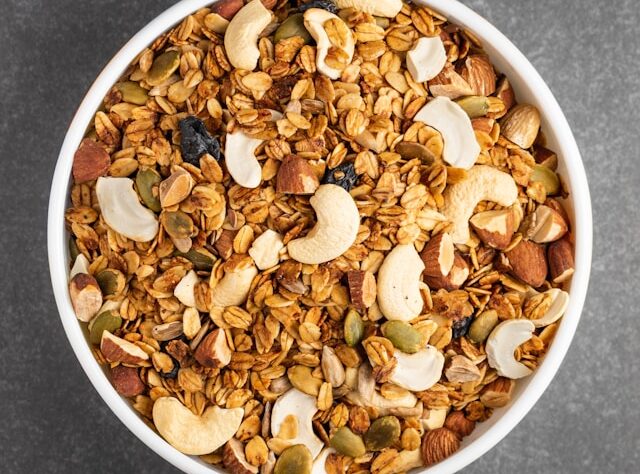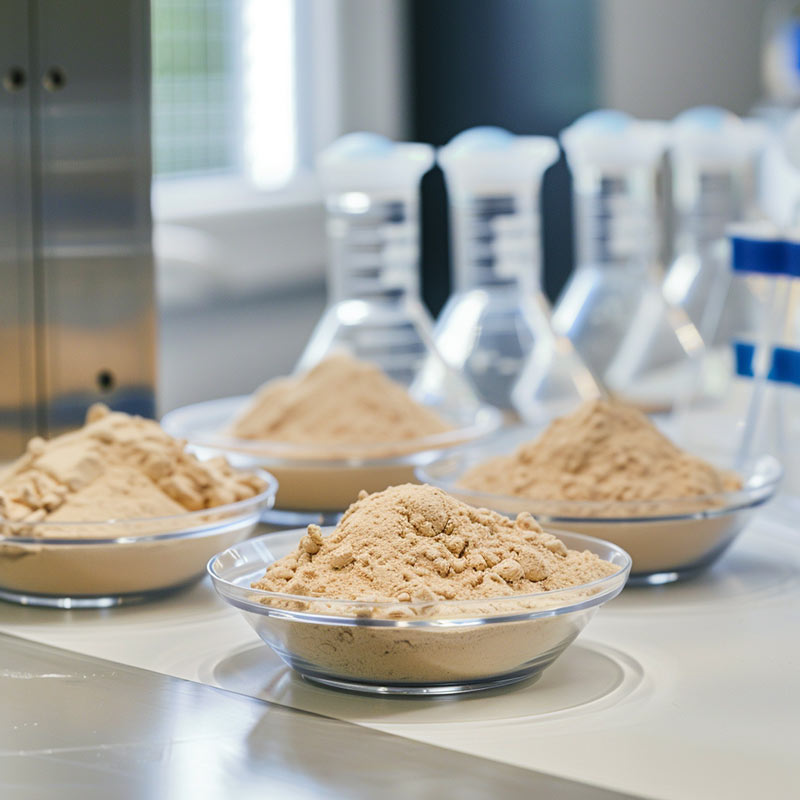Protein Timing Over 40: Boost Muscle Growth and Prevent Loss
Protein timing over 40 is an essential strategy for anyone looking to maintain or enhance their fitness as they age. But why is the timing of protein intake so important? And how can you apply this strategy to maximize your results? In this article, we’ll explore how protein timing over 40 helps prevent muscle loss, boost recovery, and support your long-term fitness goals.


Protein timing
Targeted nutrient supply

Anabolic window
Use the optimal phases

Train and eat smart
Strategic and effective
Why Is Protein Timing Over 40 So Important?
From the age of 40, a natural decline in muscle mass begins, potentially leading to up to a 5% loss per decade without targeted interventions. Protein timing over 40 is the key to counteracting this decline. Studies show that strategically timing protein intake can maximize muscle protein synthesis and slow down the natural muscle loss process.
But how does it work? Protein provides essential amino acids like leucine, which specifically promote muscle growth. Products like SilverGreen combine leucine with valuable nutrients such as goji berry extract and omega-3 fatty acids—together, they create a strong foundation for muscle regeneration. In a previous article, we discussed the recommended protein intake after 40. However, quantity alone is not enough—the timing of protein intake plays a crucial role. With a targeted strategy, you can optimize muscle growth, prevent muscle loss, and achieve your fitness goals.
Protein Timing: The Three Key Phases
To maximize muscle growth over 40, focus on these critical timeframes for protein intake:
1. Protein Timing Before the Workout: Preparing Your Body for Success
Protein timing over 40 starts even before your workout. Consuming protein strategically before exercise provides your body with the nutrients it needs to prevent muscle breakdown and actively support growth.
Why is pre-workout protein important? Studies show that combining protein and carbohydrates 30–60 minutes before training is ideal. This combination delivers quick energy while supplying your muscles with essential amino acids like leucine, which triggers protein synthesis. Examples of great pre-workout meals include:
- A shake with whey protein and oats
- Greek yogurt with fruit
- A handful of nuts
In addition to protein, carbohydrates stabilize blood sugar levels, giving you the energy needed for an effective workout. For those over 40, this strategy is especially important to counteract age-related muscle loss and maintain consistent progress.
Tip: Keep your pre-workout meal light and easy to digest to avoid discomfort during exercise.

2. Protecting Muscles During Training: Key Considerations
If your workout lasts longer than 90 minutes or is particularly intense, incorporating additional protein and carbohydrate sources during the session is essential. This approach helps prevent muscle breakdown and ensures a continuous supply of nutrients to your muscles.
Why is this important? During extended workouts, blood sugar levels can drop, leading to fatigue and reduced performance. A combination of protein and carbohydrates stabilizes blood sugar and provides the energy your body needs. Additionally, leucine supports muscle growth and minimizes the breakdown of muscle protein.
Why leucine? Leucine activates the mTOR pathway, a critical driver of protein synthesis. This process promotes effective protein timing over 40, enabling faster muscle repair and reducing the risk of muscle loss. By doing so, leucine ensures your body can recover quickly and maintain strength even during demanding training sessions.
A top recommendation for protein timing over 40 is NoDoubt SilverGreen. This protein shake is rich in leucine, and when paired with maltodextrin, it provides a fast-acting energy source. This combination not only delivers essential amino acids but also stabilizes blood sugar levels during long or intense workouts, helping you stay strong and avoid fatigue.
With this blend of protein and carbohydrates, you’ll be well-equipped to tackle even the toughest training sessions. Protein timing over 40 ensures your muscles are protected and your workouts are optimized for success.
3. The Anabolic Window: Why Timing After Training Is Critical
The “anabolic window” is a crucial period immediately following your workout. During the first two hours post-training, your muscles are especially receptive to nutrients. This is when your body can most efficiently use protein for muscle growth and repair. For individuals over 40, this phase is particularly important to actively combat age-related muscle loss.
Why Is the Anabolic Window Important?
After exercise, your body needs high-quality proteins and carbohydrates to repair damaged muscle fibers and build new ones. To maximize this window, aim to consume 25–35 grams of protein within 30 minutes of your workout.
Recommended Protein Sources:
- Chicken or fish
- Eggs
- Plant-based proteins like lentils or tofu
If you’re short on time, a high-quality protein shake is an excellent alternative. It’s quick to prepare and delivers the nutrients your body needs, even when you’re busy or on the go.
Benefits of a Protein Shake:
- Convenient and time-saving
- Easy to carry
- Provides essential amino acids like leucine
By taking advantage of the anabolic window, you can make protein timing over 40 a powerful tool for building muscle, preventing loss, and achieving long-term success.
Pro Tip: Plan your post-workout meal or shake ahead of time to make the most of the anabolic window and get the best results.
Conclusion: Why Protein Timing Over 40 Is the Key to Your Fitness Success:
Protein Timing Over 40 is a strategy that goes far beyond simply consuming enough protein. By timing your protein intake before, during, and after workouts, you can effectively combat muscle loss and achieve your fitness goals, even as you age.
If you’re interested in learning more about optimizing your nutrition and training, explore our other articles on nutrition strategies for athletes.
Reference:
Bean, Anita. The Complete Guide to Sports Nutrition: 8th edition (Complete Guides) (English Edition)


